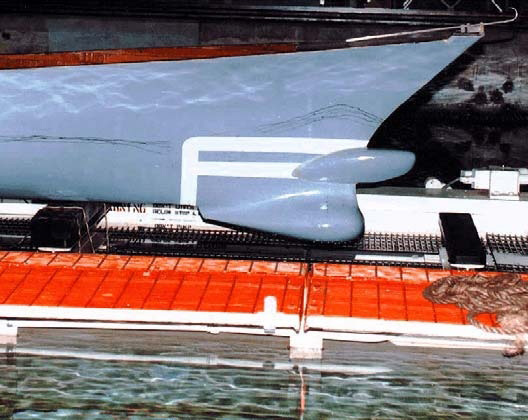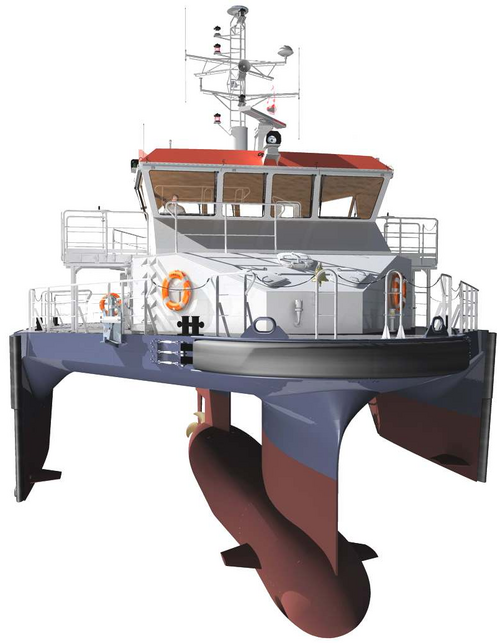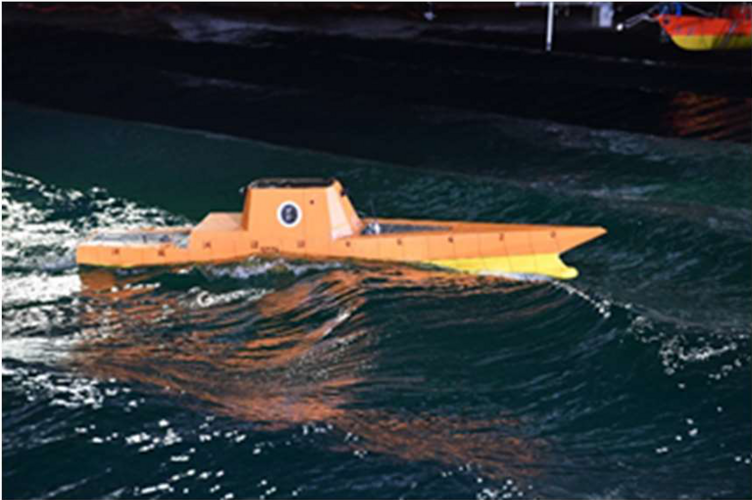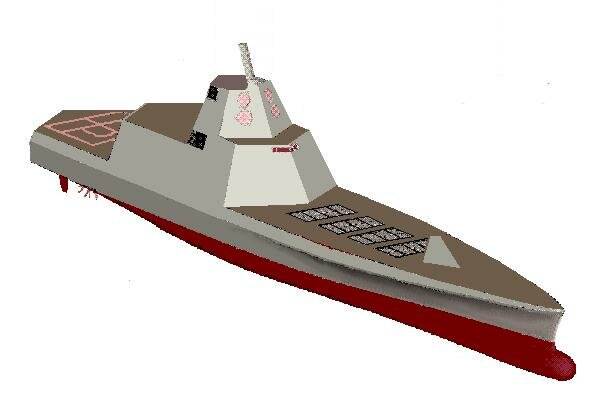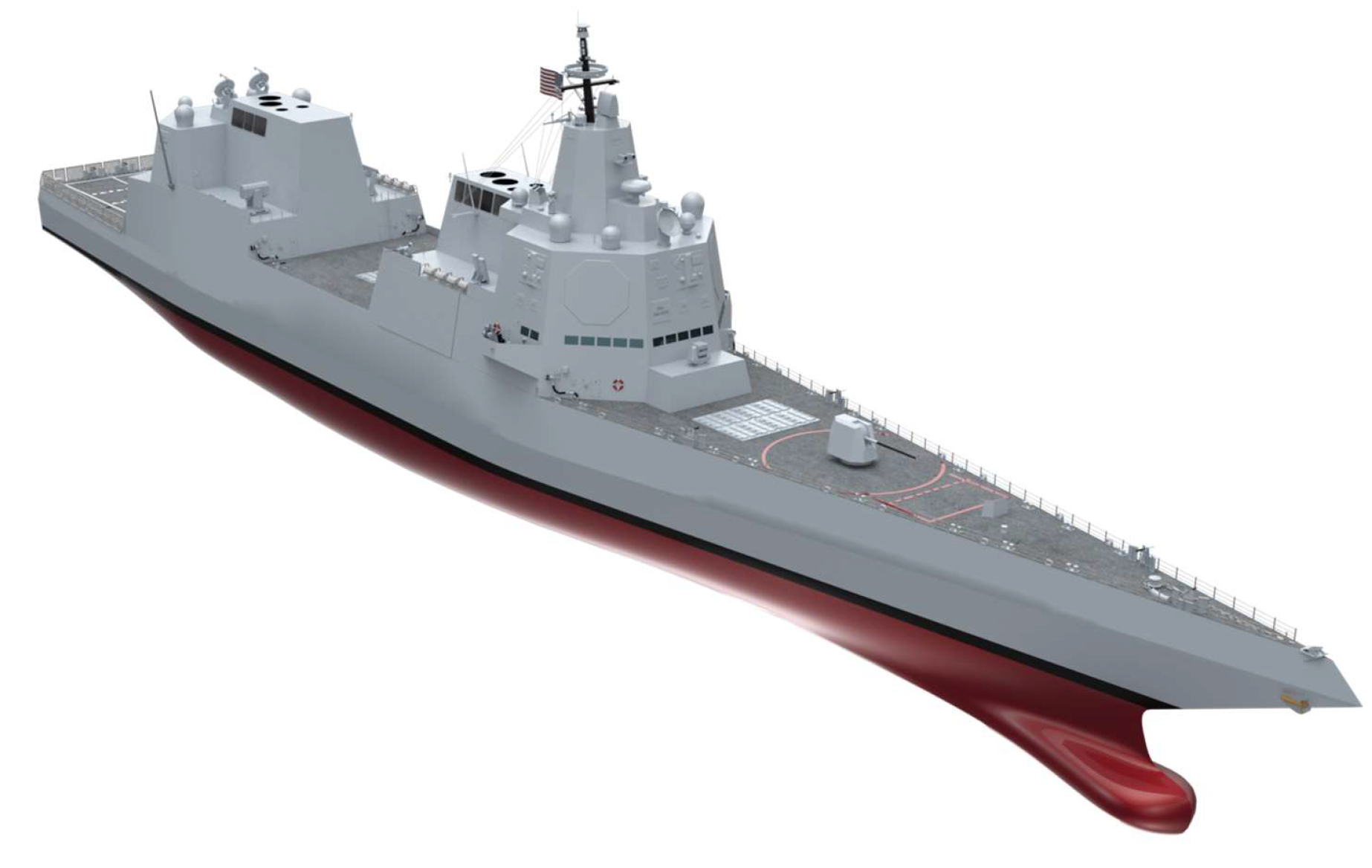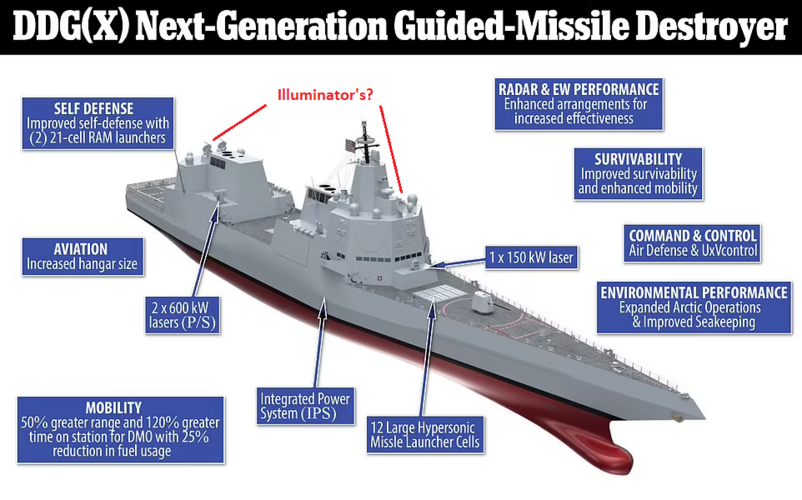Forest Green
ACCESS: Above Top Secret
- Joined
- 11 June 2019
- Messages
- 9,523
- Reaction score
- 17,448
Couldn't find a thread, I felt their ought to be one.
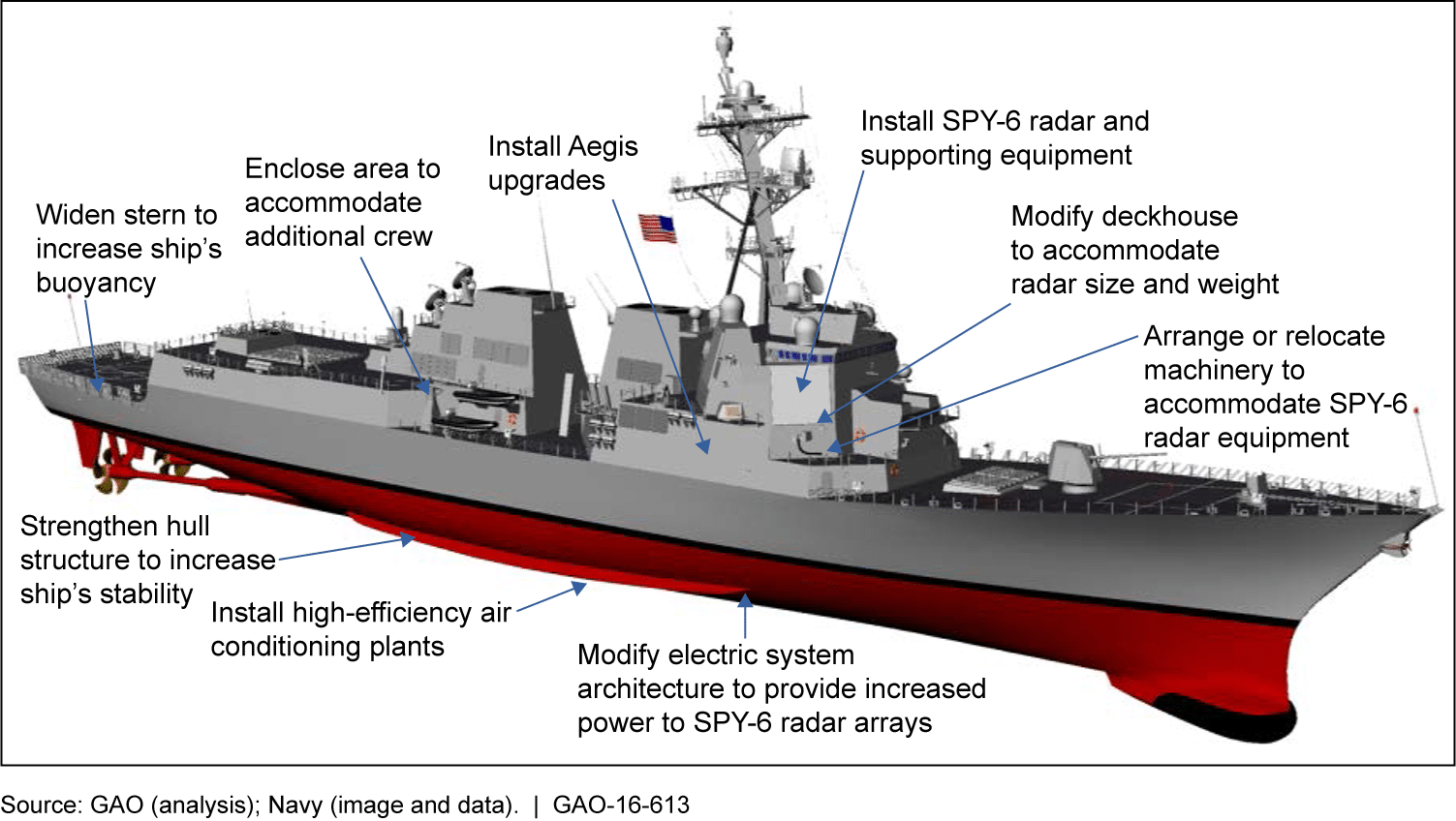
 www.navalnews.com
www.navalnews.com


View: https://www.youtube.com/watch?v=IIfiT7koThc



EPIRUS
A rendering of a ship-based high-power microwave system designed by the Epirus company.

U.S. Navy’s Future Large Scale Combatant Force-Level Goals - Naval News
The U.S. Navy’s Large Surface Combatant force consists of three destroyers: Arleigh Burke-class , DDG 1000 Zumwalt and the upcoming DDG(X).
- 5-inch (127-mm)/62 cal Mk. 45 Mod. 4
- 4 × 32 Mark 41 Vertical Launching System (VLS) cells (swappable with larger VLS systems)
- Two 21-cell Rolling Airframe Missile launchers
- Two Mark 32 Surface Vessel Torpedo Tubes
- 150/600kW lasers (possible upgrade)
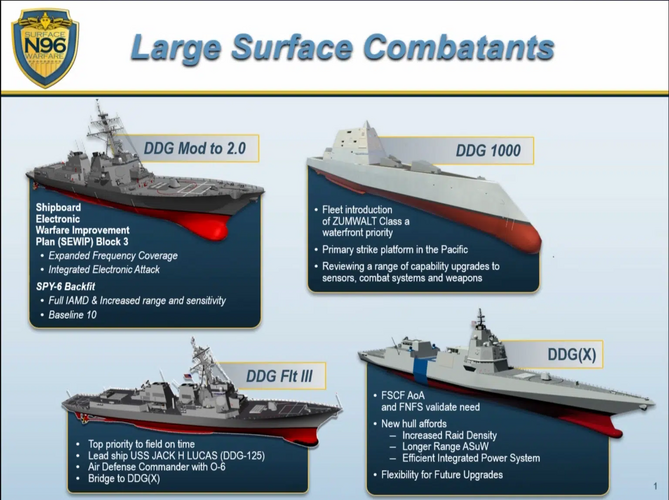
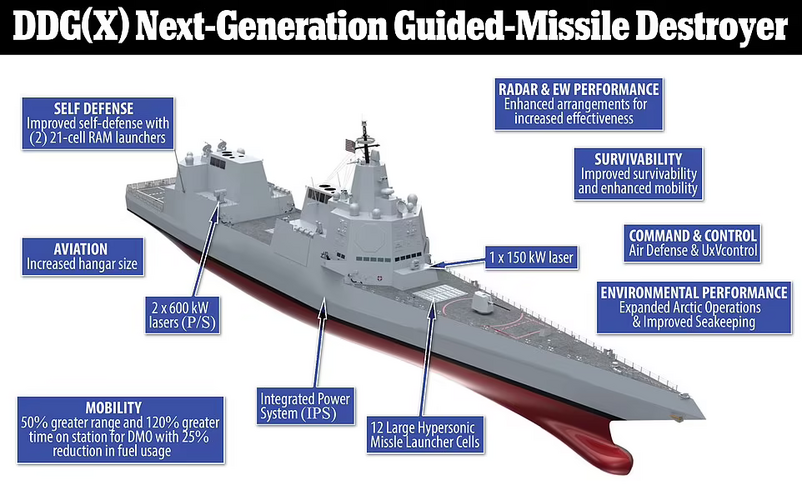
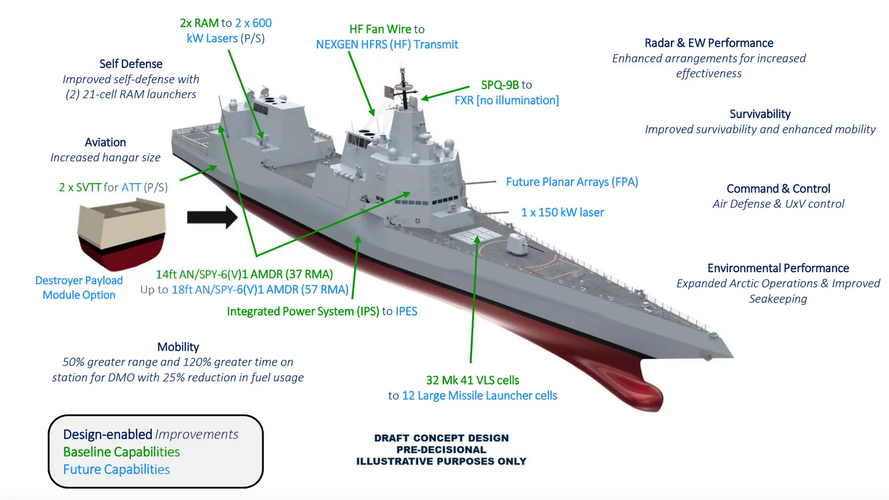
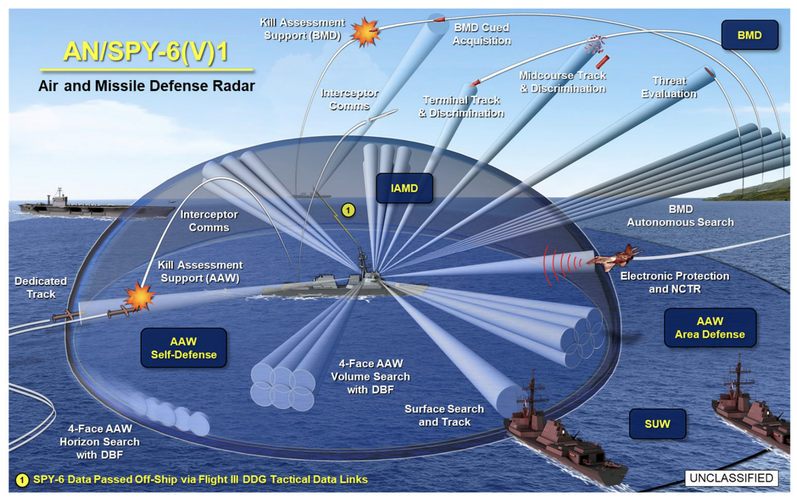

EPIRUS
A rendering of a ship-based high-power microwave system designed by the Epirus company.



